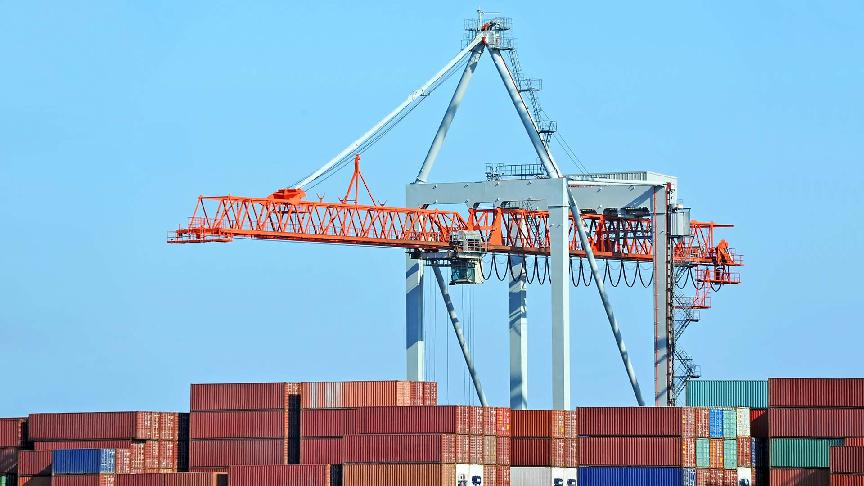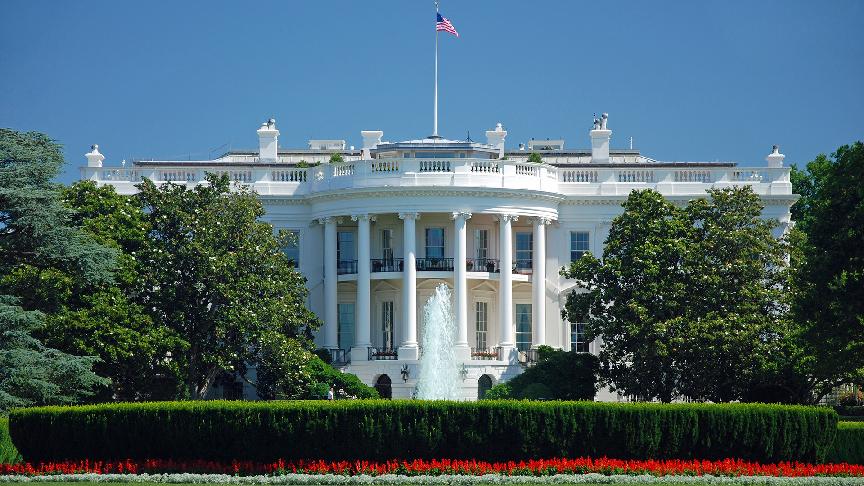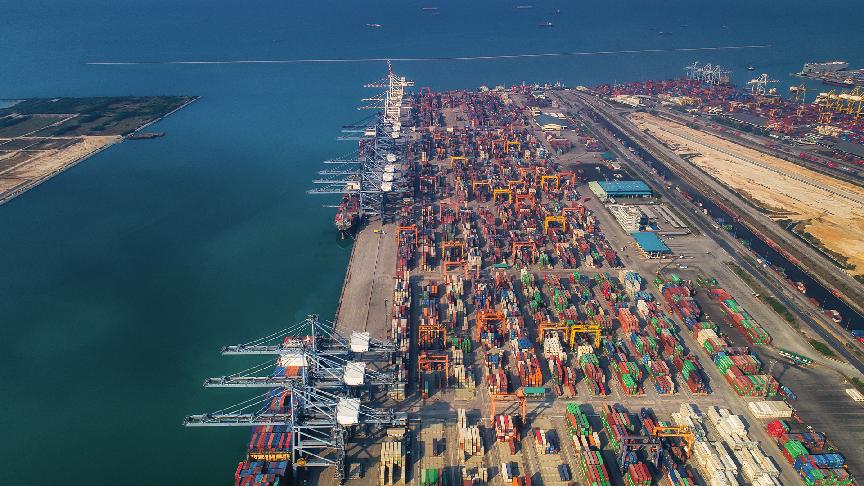APM Terminals has won a 30-year concession to build and operate a container terminal in Chittagong, Bangladesh, that it hopes will help boost the country’s economy and reduce reliance on transhipment.
When operational in 2030, Laldia Container Terminal will expand Bangladesh’s annual port handling capacity by more than 800,000 teu and will represent an investment of $550m, making it one of the biggest public-private partnerships in the country’s history.
APMT chief executive Keith Svendsen told Lloyd’s List he was “super excited” about the greenfield site.
Bangladesh is known for its very successful and growing garment sector, Svendsen said.
“It’s a large and growing economy, and we think Bangladesh has a phenomenal future,” he said.
But he said his company believed “the port sector is holding back growth”.
“In order for the economy to go through that journey, you will need more logistics infrastructure, and we’re very proud that we can be part of building the first block of what I’m sure will be continuous investment in Bangladesh’s infrastructure.”
Chittagong’s existing terminals lie on the Karnaphuli River estuary. Due to tides, draught restrictions and port infrastructure, only vessels of up to 3,000 teu can be accommodated.
That means that much of Bangladeshi trade must be transhipped from nearby hubs in India or Sri Lanka.
“That’s the bottleneck we are really opening with this,” Svendsen said. APMT’s new terminal will be able to accommodate vessels twice the size of those that can currently dock at Chittagong, the operator said.
Many of the Bangladeshi port’s woes are linked to substandard hinterland infrastructure.
This is an area APMT has experience in developing, evidenced by its site in Rijeka, Croatia, opened just last month. Rijeka too, though, will be dependent on hinterland infrastructure upgrades if it is to truly realise its full potential.
Svendsen said “conversations” about investment in transport connections were ongoing.
“How much can we move with barges? How much needs to go by trucks?
“How do you move it from the production locations to the port in a sustainable way? There’s a lot of need for additional investments in depots and connectivity,” he said.
When complete, the port will be “low-emission”, APMT said, though Svendsen confirmed the target was to go zero-emission in the years after the ribbon is cut.
Electrified equipment will feature at the port, as is now customary for APMT greenfield sites, and shore power-ready systems will be installed too.
But power generation is an issue APMT will have to solve, Svendsen admitted.
He confirmed that as much power generation as possible would be done on site, some through solar.
APMT is “working with investors” to confirm a clean electricity source for the terminal’s cranes and container handling trucks, he said.
“Now we need to solve the problem,” he said. “We will electrify the terminal, and we will power the terminal.”
Power generation isn’t the only challenge APMT will face in getting Laldia operational.
The greenfield site will mean building on a riverbank, Svendsen explained, with all the complexity that brings.
“So actually building the port, compared to what we saw in Rijeka for instance, is much more complicated.”
The concession with APMT is another example of Bangladesh’s changing strategy when it comes to how, and who, operates its ports.
Patenga Container Terminal, just a few metres downriver, is operated by Saudi operator Red Sea Gateway Terminal, representing a shift to a privately operated, publicly owned model in the South Asian country.
APMT will have the option to extend its concession, but only if key performance indicators are met.
While Svendsen would not divulge the details of those KPIs, he said the Bangladeshi government “has put demands on us to deliver certain things”, just as other governments do “in all the other places we operate”.
“It’s a fairly standard concession and it puts pressure on us as operators to deliver a good product for Bangladesh, and that’s how it should be,” he said.







